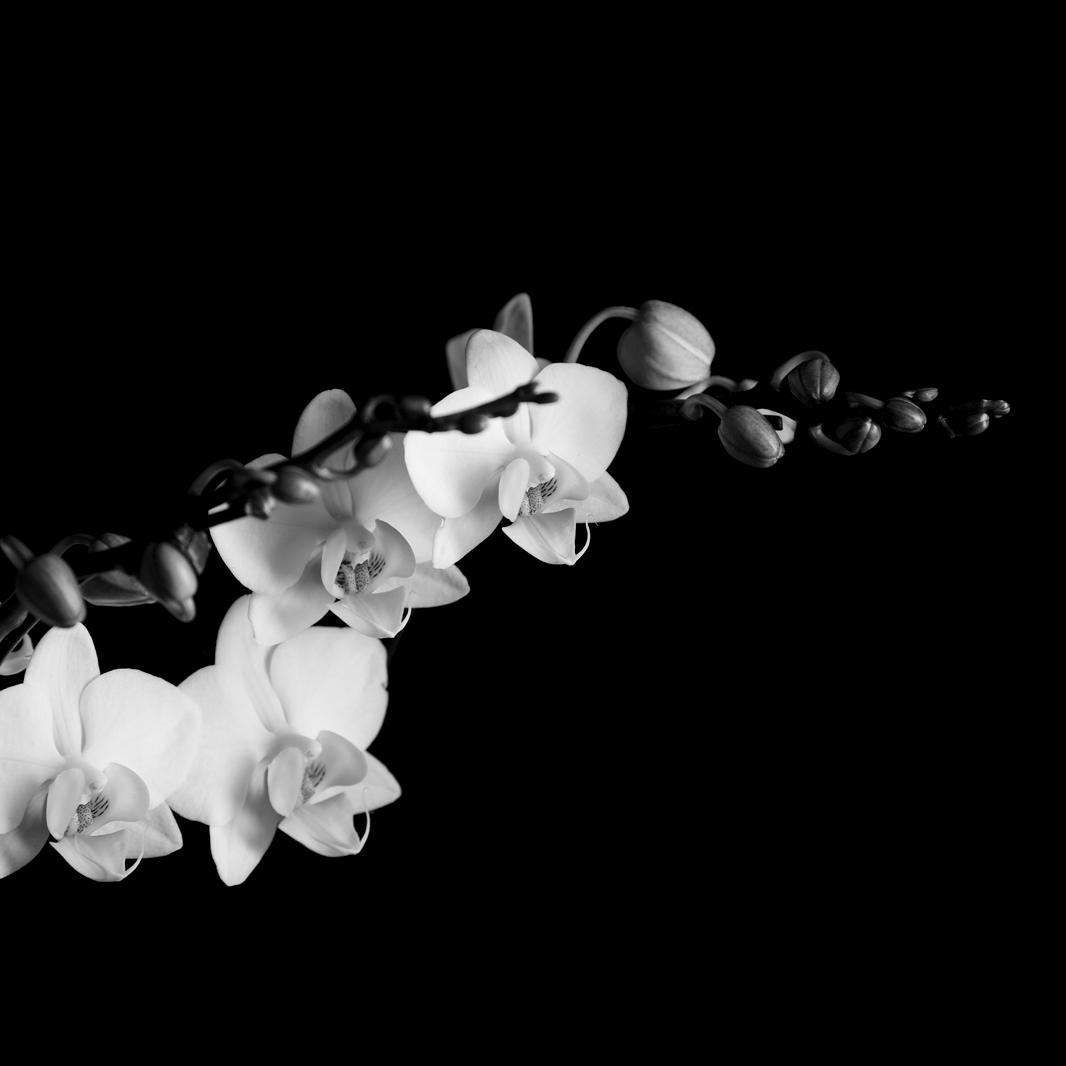
7 minute read
Students
Students was my second portrait series. In this series, I sought to represent the repressed stresses and anxieties come with existing within such a large institution. By forcing my models into a physically taxing situation I engineered for them, I made visible their unique expressions of duress.
I chose to dress my subjects in collared dress shirts so as to liken the portraits to professional headshots. The sterile corporate uniform tied in well with the stark black and white, high contrast aesthetic. Furthermore, the professional attire for me is associated with the repression of emotion and stoic professionalism. This clashed with the genuine expressions of my models, as well as created uniformity between all the pictures. With identical dress, lighting and set, the only thing separating the subjects are their expressions.
Advertisement
I had several students lay their hips and legs down on a small wooden platform and use only their core strength to lift their torsos and heads off the ground. I set up scaffolding above them, and shot their portraits as they approached their individual breaking points while simultaneously attempting to maintain their composure. Each student was shot several times over the course of the night.
Flayed
Flayed is a motion activated sculpture inspired by the book The Lovers Discourse by Roland Barthes. The sculpture is comprised of a glass capsule, housed vertically between two white cubes. The back pane of the glass tower is a mirror pointed inwards. In front of this mirror, sitting inside the glass tower is a white porcelain plinth on which a dark chocolate Cupid that I have cast sits. Above Cupid, just visible and set within the bottom of the wooden cap is a red heat lamp. On the front side of the cap (opposite the side of the inward facing mirror) is an electronic motion sensor. The sensor controls an electrical switch that the light is connected to. When the sensor detects motion, it allows power into the light bulb for a set amount of time. The sensor is set to activate for five minute intervals. If the sensor detects motion, it will activate the light for five minutes. As the heat lamp warms up, the chocolate Cupid will begin to slowly melt.
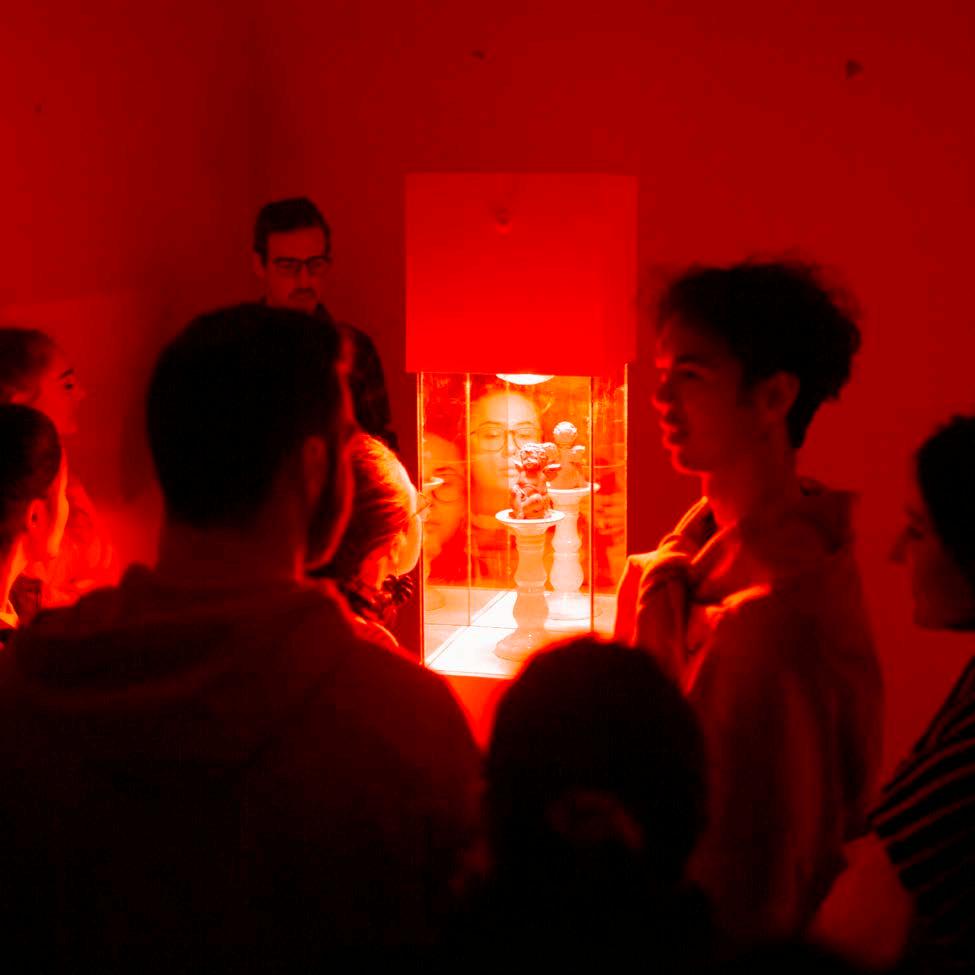
When we are young, we are naive. We believe in the myth of love. As we grow, as we love and we are loved, we learn that love is complex. As we engage in love, the myths of love, are brought into question as we deal with the complex realities of one another. As we stand in front of the sculpture, as we engage with it, so too like our naive notions of love, the chocolate cupid begins to melt away.

Within images certain values are instilled. The method of design, and the production of these images has largely remained unchanged for hundreds of years. These are the images depicting women as objects to be desired and consumed. These images of women are most often designed by men, to be consumed by men.
The use of sex trade workers is extremely prevalent throughout the western art canon, however their depiction and role in art often strips them of their agency and presents them as something to be consumed by the male viewer. For this project, I aim to turn around the gaze, and disrupt this entire dynamic by placing the women behind the camera and giving them creative agency behind the artwork. The subject-artist role is reversed, with the sex worker behind the camera and myself, the male artist, in front of the lens. This operation within the history of image making is further complicated by the use of art historical codes such as the self portrait, the muse, the canvas, and the gilded frame.
For this porject two sex workers were invited into my studio to take my portrait. The images were then printed on canvas, and installed in two mid 19th century frames.
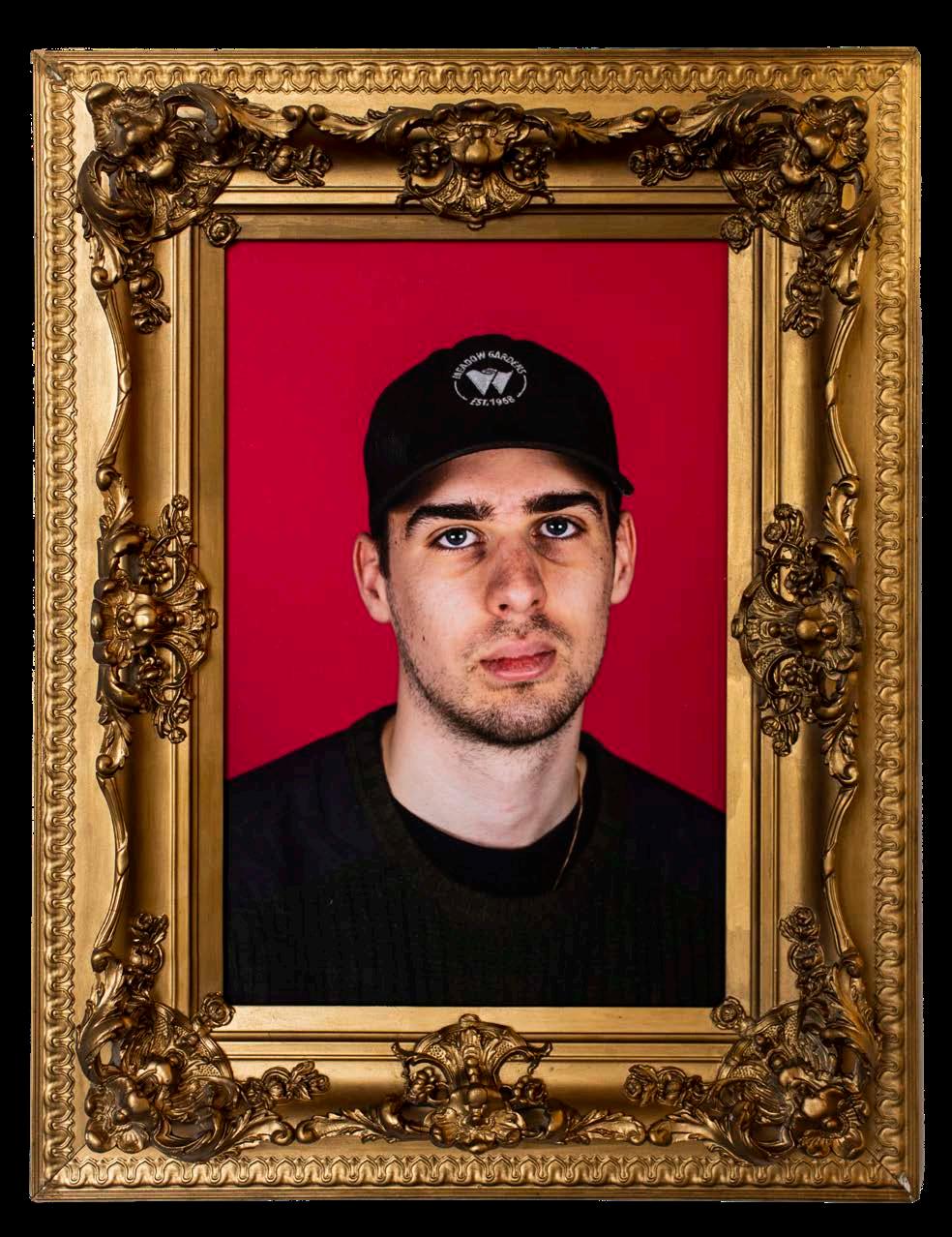
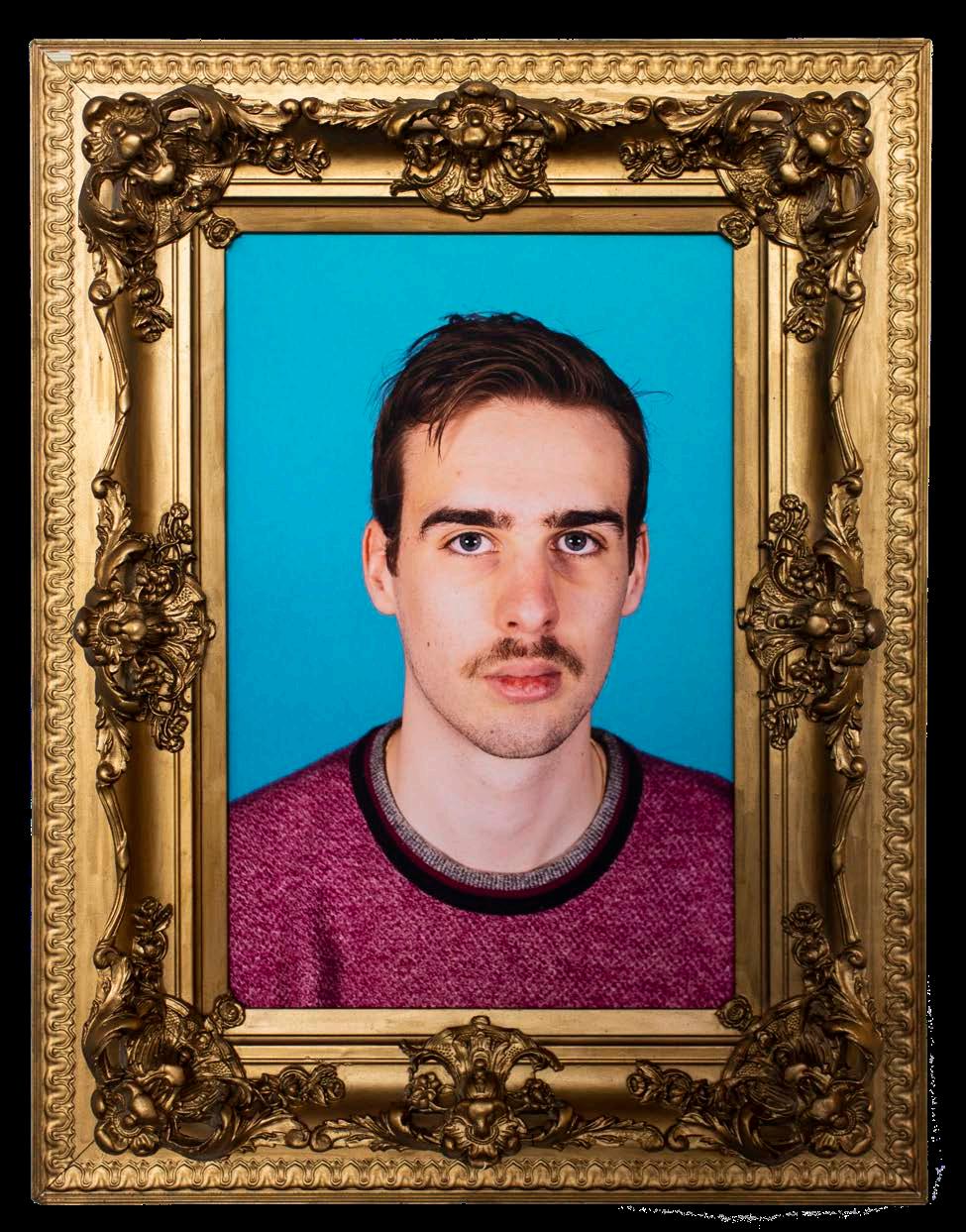
Mixed Media, 2018
Mechanical metronome set to tick erradically by arduino motor
The way that the original object has been altered is not due to its physical transformation. It’s new ontological status comes from its change in function, not from the fact that its original mechanism has been gutted, and replaced by a computer board and a servo motor. Had I gutted the metronome and replaced it with an automated motor which still kept time, it would still be a metronome. But now, it is something totally different. A metronome is defined as a device that marks time at regular intervals. My device does the exact opposite. It does not keep regular time, it marks time at totally random and sporadic intervals. It is the metronome’s change in function that gives it new status. It is no longer a metronome, but an art object.
In its change of status, the metronome brings up the discussion of the ontology of artworks. Similar to a readymade, it is its changing of operation which dictates its character, not its change in physical qualities. While not the avenue I was intentionally exploring, one student brought up Judith Butler. Judith Butler in a similar vein posits the idea that gender is performative, and like the metronome, altering this performance has the potential to alter one’s character. Furthermore, the metronome took on an anthropomorphic quality, changing from a tool to a character, which the class referred to as “she”.

Untitled (Cup Piece)
Duel Channel Video, 2018
The video is comprised of two channels, each projected onto opposing walls of an empty room. Only one channel plays at a time. The video depicts me placing a glass on a plinthe. I walk out of the frame and then return with a baseball bat and smash the glass. Just before the bat connects with the glass, the channel cuts out and the video resumes on the opposing wall. The exact frame of the glass being smashed is lost in the switch.

The relationship between the viewer and the work is very important to me. The viewer plays a crucial role in the experience of art. It is not enough to just look at a piece on the wall. One must engage the other. Both parties, the work and the viewer, must be actively conversing with one another. By the addition of a physical element on the part of the audience, the act of turning around, the viewer has evolved from a passive interaction to active engagement. In this piece, the audience is engaged by being situated within the work. By presenting a video on both walls, the audience is made aware of the work, the space, and their relationship to it.

The Searcher
Inkjet Print, 2019
The Searcher is an image based upon a scene in the Story of the Eye written by George Bataille. Story of the Eye was written in the early 20th century as a psychoanalytical task to explore Bataille’s subconscious.
The studio for me represents a kind of lab. It’s where aesthetic culture is experimented on and developed. Similar to a scientific lab, there is a pursuit or an investigation. The artist searches for a desired outcome of material. It is the place where the subconscious elements of a young artist’s mind begins to materialize in the world, just as those very elements of Bataille’s mind materialized on the pages of his typewriter.
The protagonist of the image is searching for something. He is the embodiment of the inherent artistic drive all creative types share. He is nude, a quality often associated with vulnerability, yet in his hand he clutches a gun. His vulnerability is rendered inert by his ability to enact violence. The gun represents art’s oedipal nature. It represents the violence of creation, the breaking down of material and the destruction of the artist’s legacy that came before.

Inspired by my course in American Architecture, Portrait of Vancouver investigates Vancouver’s heritage or lack thereof. The work is composed of a film positive depicting a construction site found at the foot of Granville Street. The photograph is mounted onto a light box that I built myself. In a rapidly developing city, many city dwellers have longed for an “old Vancouver”. However, with such a young city, that heritage doesn’t really exist. The one constant has been growth. If a feature of Vancouver should be singled out and celebrated, it should be the ever present construction site.
To further personalize the piece, I’ve chosen to make it a lightbox style synonymous with the Vancouver School of Photography. Other allusions to kitch and class are brought in through the use of a gilded frame.

Painting by Jessica Plaster of Paris, 2019
Painting is most often thought of as a flat, two dimensional form. It is a form that in most cases deceives the viewer and convinces them of depth. Here, without any external reference, the depth is literal. Like all autonomous art, there is no deceit. This artwork is truthful. I was taught in my philosophy classes not to try and prove grand truths. It takes the great thinkers all their lives to prove the meaning of life and what not. Instead, as students, we should focus on proving the smaller truths. This sculpture is a small truth.
Painting by Jessica is a plaster of paris cast of a classmate’s untitled painting. It was done in the pursuit of pure form. The removal of reference and the isolation of gesture and object. Painting will always refer the audience to a subject, whether it be a referent or itself. A painting seems to always insinuate something.
It has been argued that the power of Pollack’s gesture was so great, it left painting entirely, finding its new home in happenings and performance art. For this project, I wanted to explore another direction the gesture could have pursued. I wanted to keep the gesture within the work, to isolate it. By casting the painting in plaster, the operations of paint, either the reference to itself or to a subject have been nullified. All that remains is an indexical mark of where the artist applied the paint and how it dried. It is no longer about the play of colors or the emotional response of the audience. It is purely about the physical qualities of the work.
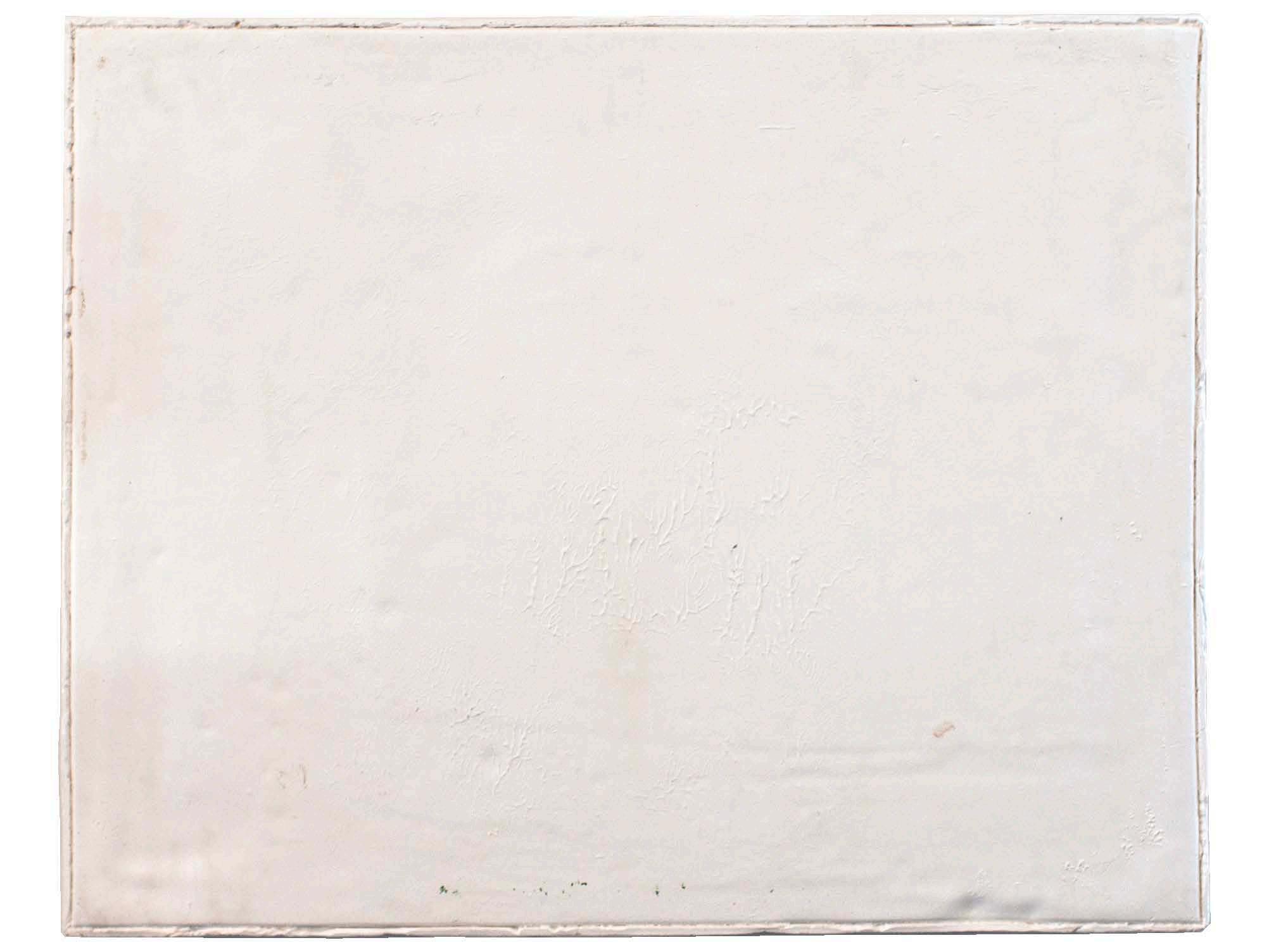
Summary One Silver Gelatin Print, 2016
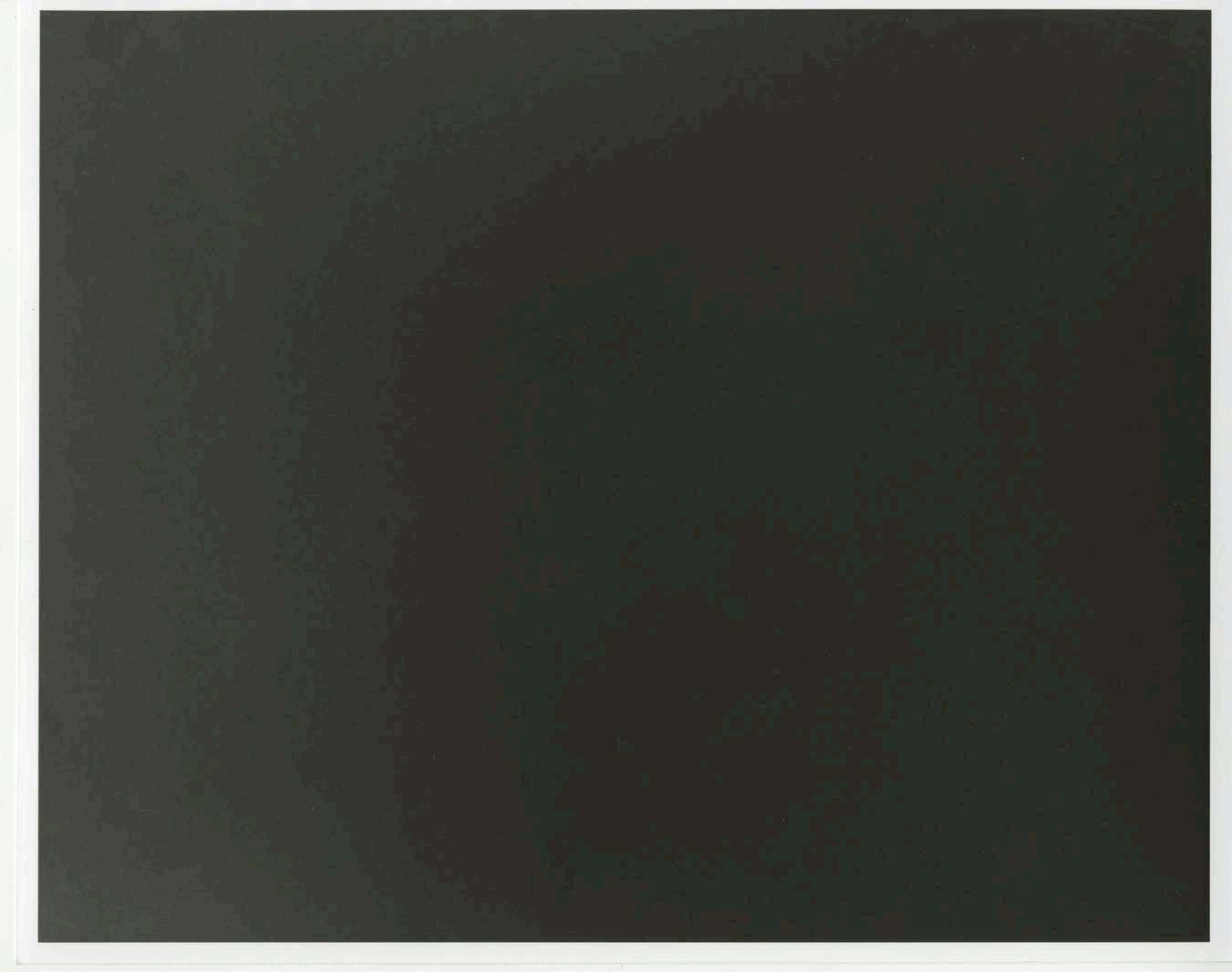
Summary Eight Silver Gelatin Print, 2016
Artist Statement Ink on Paper, 2016
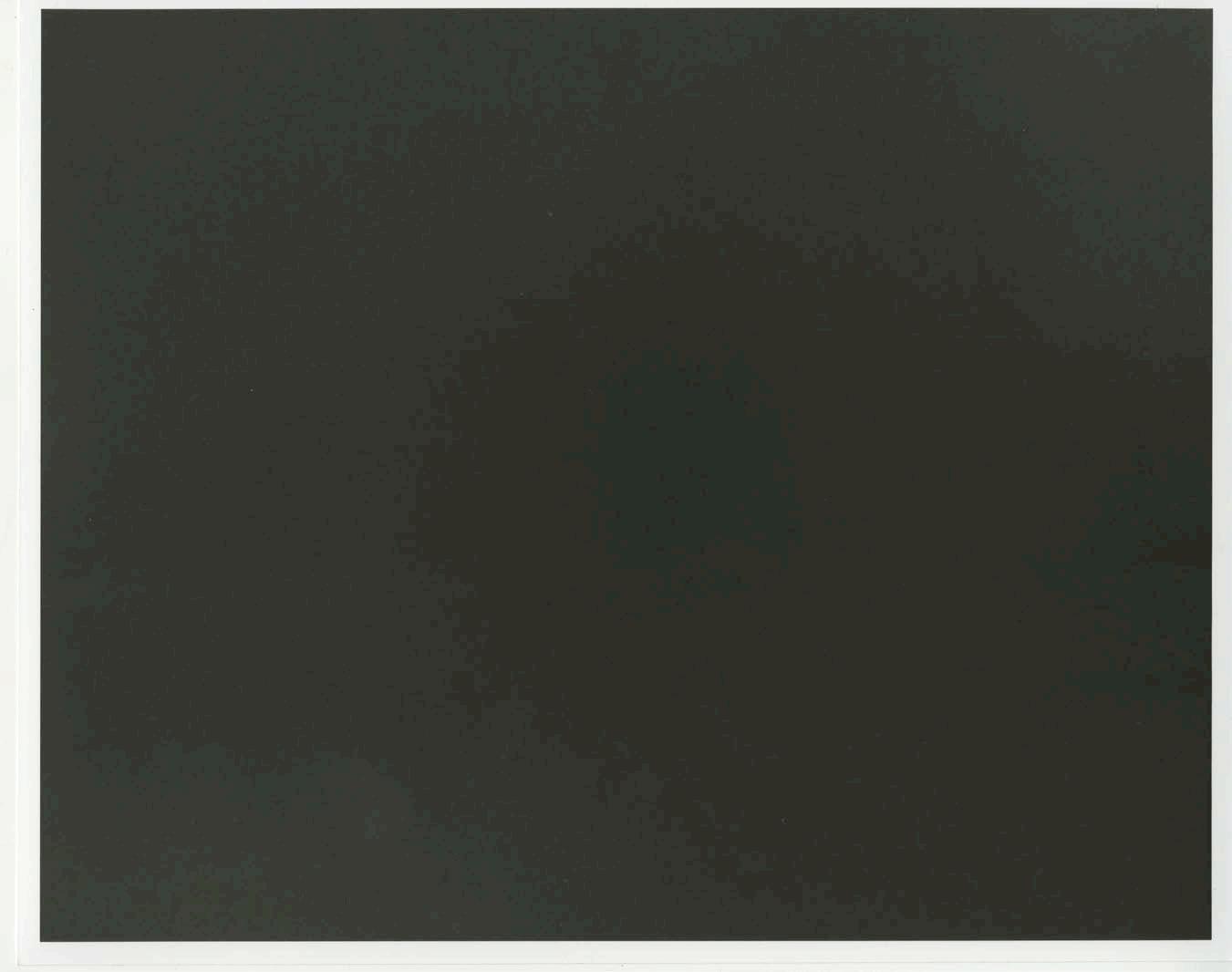
Accompanying artist statement for Summary One - Summary Eight. Artist Statement is composed of the first 250 words of all university assignments written by myself at the time.
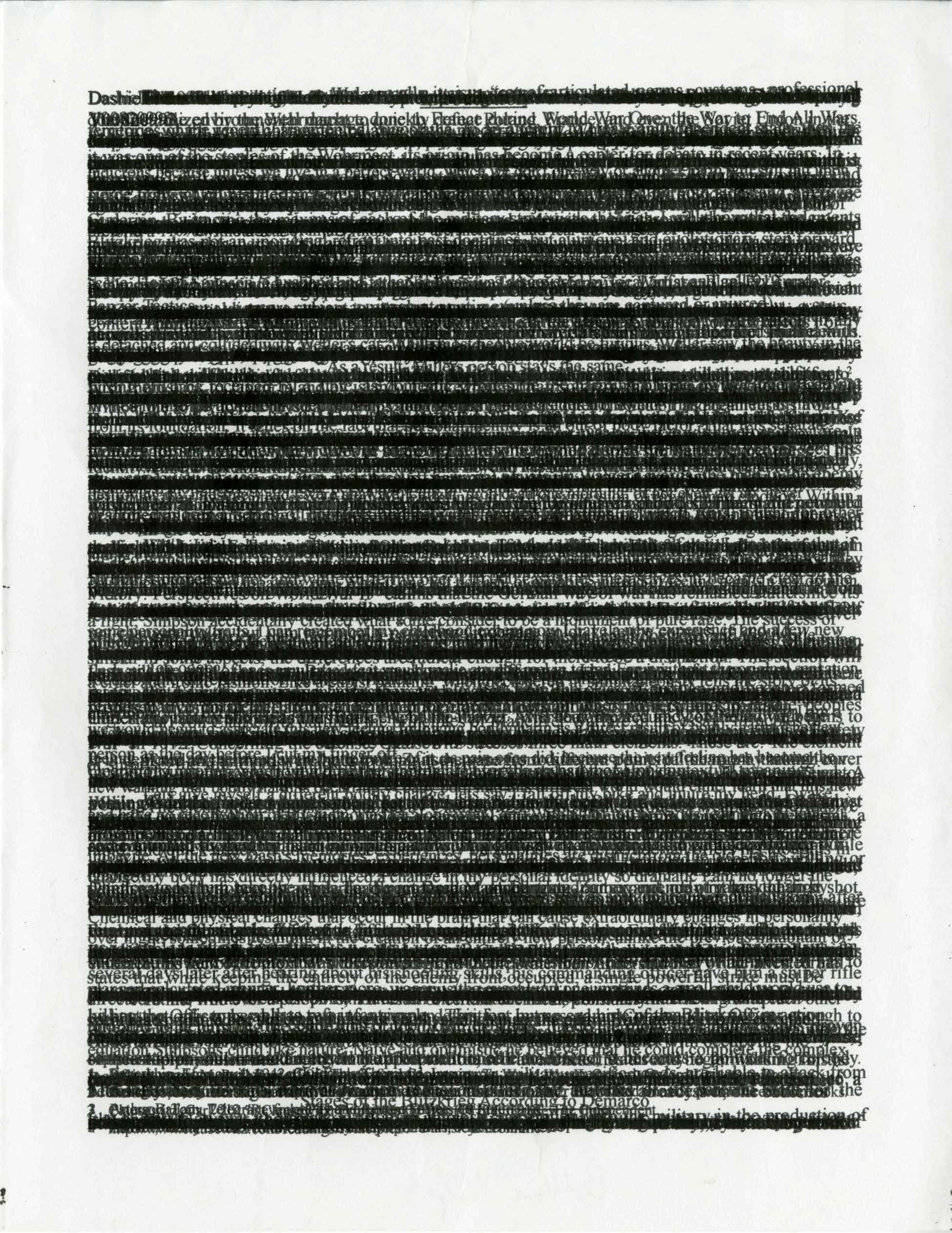
Light Study (Chris)

Inkjet Print, 2018
Darkroom
Analog Prints, 2016
Nine long exposures of a darkroom, displayed in a rational grid.

Light and Form Study (Flower)
Inkjet Print, 2019
